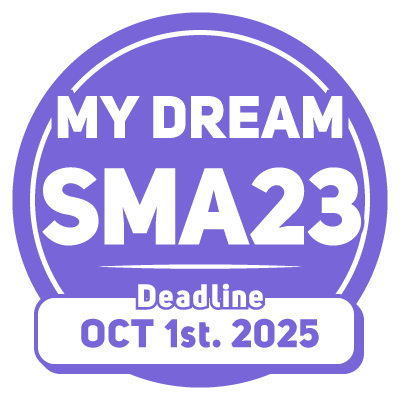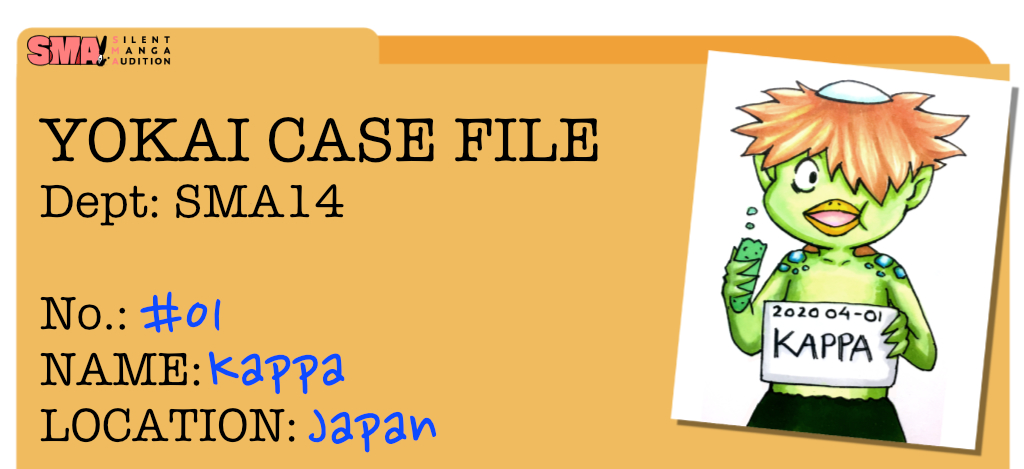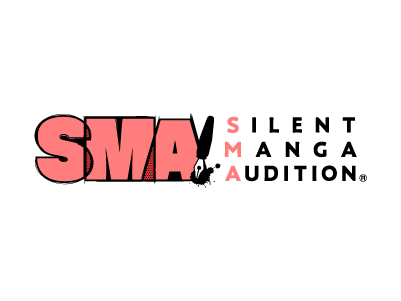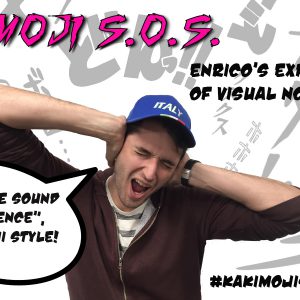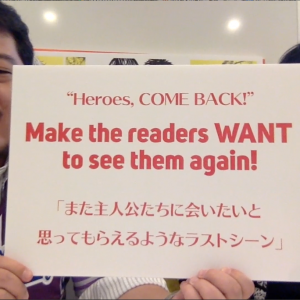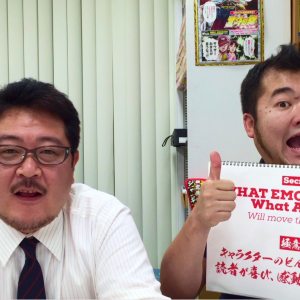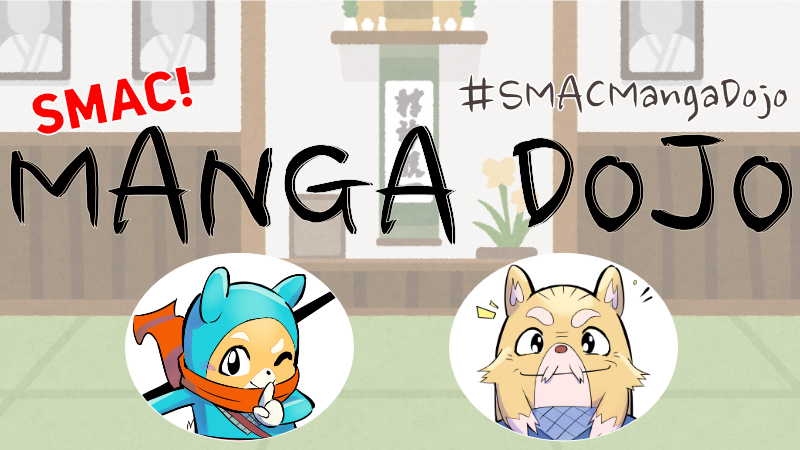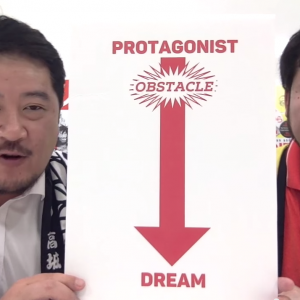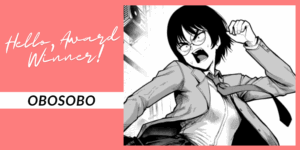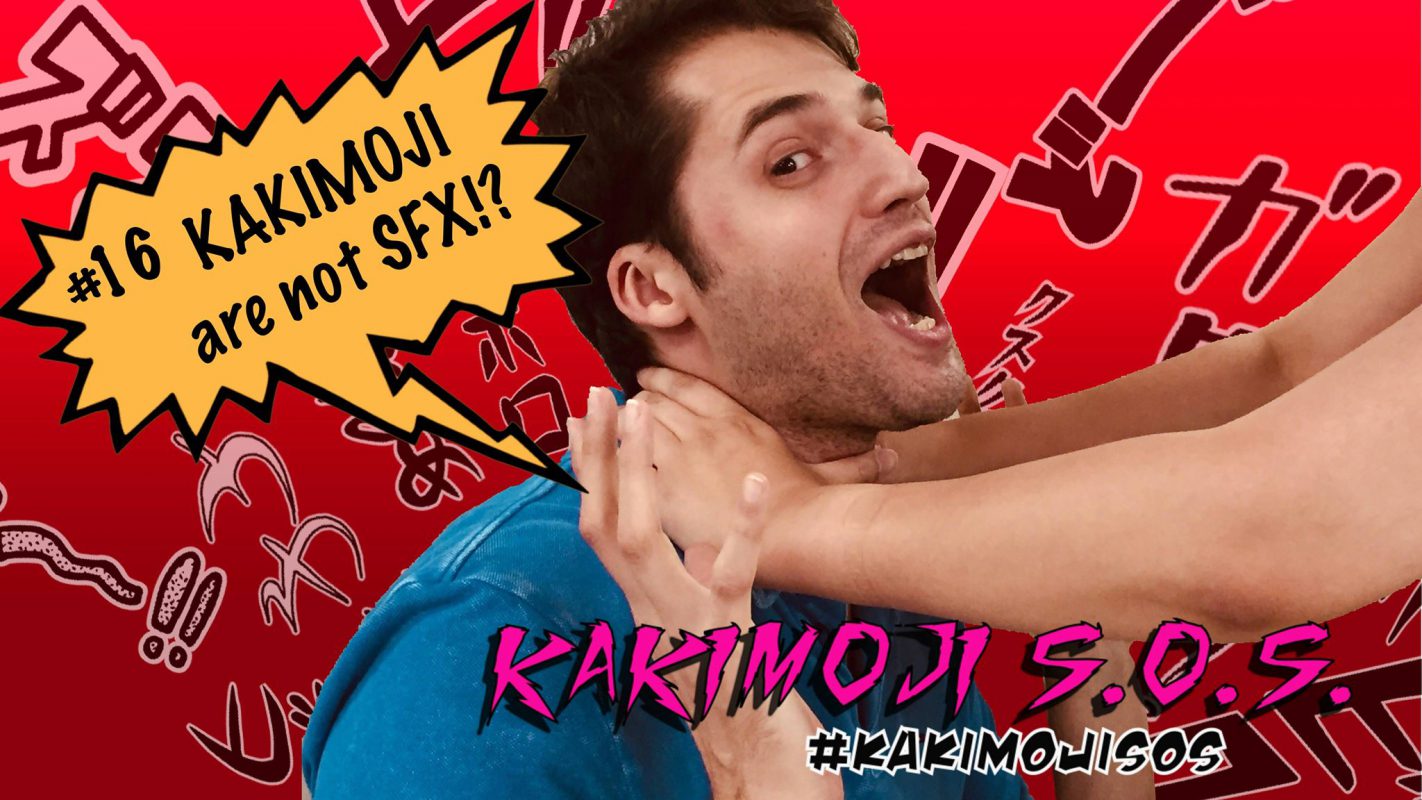
So you’re well on your way to completing your manga! You’ve paneled it to perfection, your art is on point and you’ve crafted an entertaining story, wrapped around an exciting protagonist… but it’s still missing something…
Onomatopoeia, of course! We all know that Kakimoji can turn a static scene into a dynamic, atmospheric feast for the eyes. But how can we let the readers know that a door has been knocked? Or a plate has been smashed?? Or a window even?! Basically, are SOUND EFFECTS different from KAKIMOJI?! …or SFX for you movie buffs out there.
FOLLOW ME for more Kakimoji tips! Twitter Facebook …and remember to use the hashtag #kakimojisos 😉
 Ryan Dickey/Flickr
Ryan Dickey/Flickr
 Stefan Schubert, Laurel and Hardy (Flickr)
Stefan Schubert, Laurel and Hardy (Flickr)
 Just look at him! Let’s create a manga about this greedy guy!
(and yes, I did this all by myself, Penmaru)
Just look at him! Let’s create a manga about this greedy guy!
(and yes, I did this all by myself, Penmaru)
 Oh, I see… uhuh
Oh, I see… uhuh
FOLLOW ME for more Kakimoji tips! Twitter Facebook …and remember to use the hashtag #kakimojisos 😉
